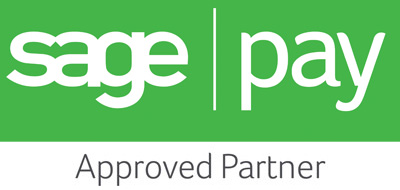Do You Understand The Language Of Emoji
While emoji isn't strictly a language, it is used as one when communicating online or via text message. Adobe recently commissioned a report of emoji users around the world and the results are interesting; 7,000 emoji users were surveyed globally, and these people are emotionally stirred by the use of emojis, with 67% of respondents stating that people who use emojis seem cooler, friendlier and funnier than those who don't. Furthermore 88% felt more empathy for people who use emojis than those who don't, so brands can use emojis to great effect in marketing to appeal to these demographics.
As with any popular online phenomenon, the intended meaning of some emojis has been changed, so certain fruits and vegetables are used as innuendo in digital communications – not great news for greengrocers hoping to sell out of aubergines by using the associated emoji in a marketing campaign! Similarly, the use of some emojis implies membership of certain demographics, with the cry-laughing emoji seen as representative of millennials and those of older generations – if you're communicating with Gen Z avoid this one!
Emojis can be used efficiently to communicate ideas and feelings without using words, and as these take up less space than the word they represent they're ideal for creating short messages for digital platforms, and for use in more traditional print advertising. There have even been books written entirely in emoji, the first of which was a translation of Herman Melville's Moby Dick. Other original works have followed, and these texts can be read by speakers of any language as the message is conveyed pictorially. Emojis are ideal for global advertising campaigns as they are universally understood. Do check out whether certain countries or demographic groups have changed the meaning of some emojis or you could be sending an unintentionally rude or offensive message – 63% of Gen Z'ers use emojis differently than their intended meaning.
The workplace is not immune from the use of emoji – indeed they can be used as a time saving device in workgroups, as people instantly understand ‘a thumbs up’, or a flexed bicep as a positive thing. Similarly, negative feelings can be conveyed through emoji and the use of a picture instead of words can soften the blow of critical feedback.
Brands can use emojis in their marketing to shorten an idea for space reasons, to affect emotional responses and to appear relatable and approachable. While certain industries may find the use of emoji inappropriate (it's unlikely that physicists would appreciate a paper written entirely in emoji, and the use of emojis for a funeral director would also be off the mark) there are many industries that can use emojis sensibly to appeal to their customers.
Next time you are thinking up a marketing message, see if you can communicate the same message using emojis. You may not end up actually using the emoji string as your campaign, but it can help you refine your message to the core elements by doing this exercise and, in time, you may end up actually using emojis more frequently in your marketing. Start small by using clear emojis in place of some words or phrases and listen to customer feedback. If these emoji-rich messages perform better than a purely text advert, you have your answer.
